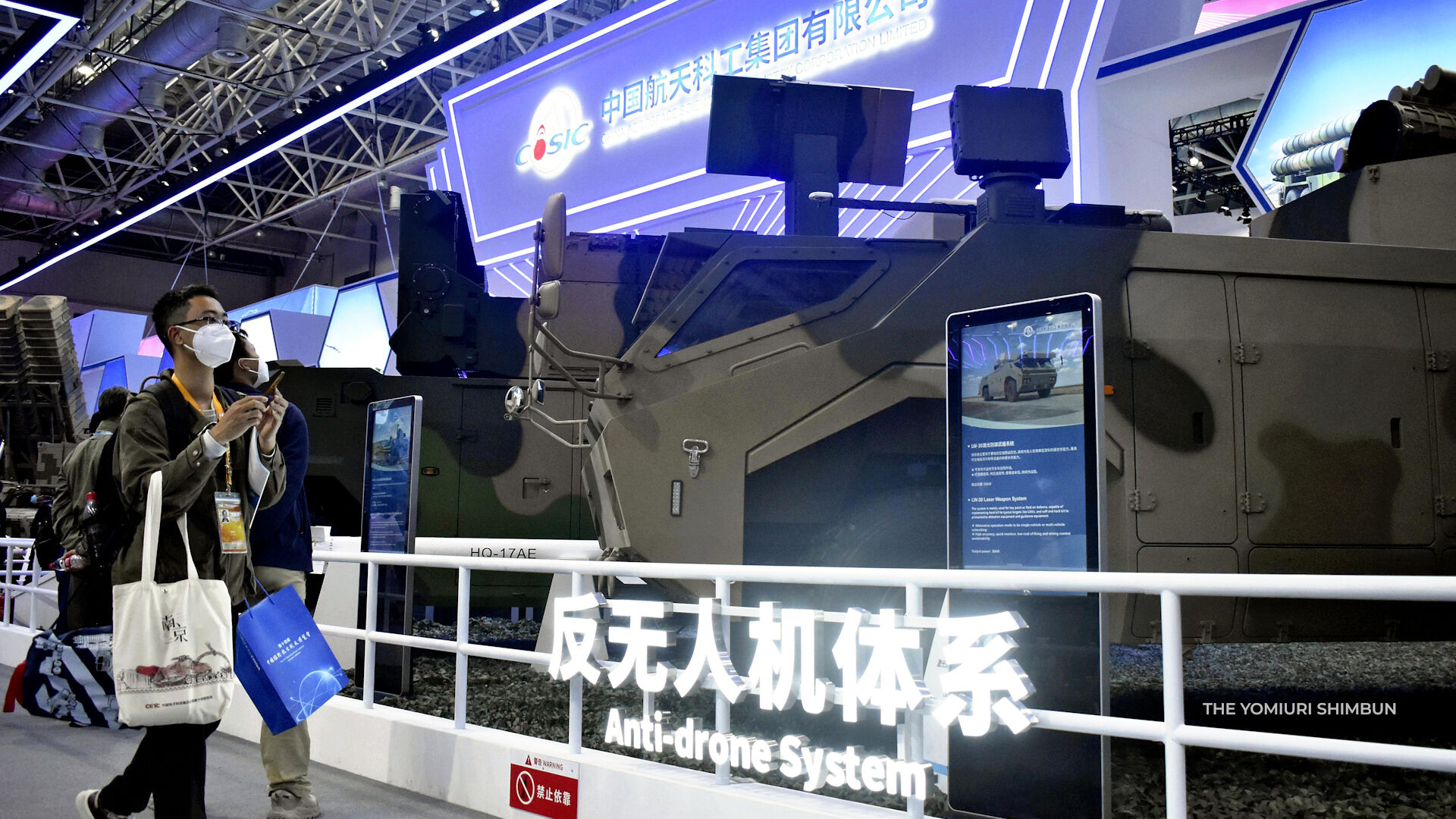
SATELLITES HAVE PROVEN TO BE CRITICAL FOR COUNTRIES.
IT CAN BE USED FOR SURVEILLANCE OR TO GATHER INTELLIGENCE…
ALL WHILE BEING AN UNMANNED DEVICE FROM SPACE.
A GOOD EXAMPLE OF THE UTILIZATION OF SATELLITES IS IN UKRAINE.
WHERE ELON MUSKS’ STAR-LINK SYSTEM HAS PROVEN TO BE CRITICAL IN PROVIDING INFORMATION TO THOSE ON THE GROUND.
KNOWING IT CAN BE USED AS A WEAPON OF INTELLIGENCE…
CHINA HAS NOW UNVEILED A NEW LINE OF DEFENSE AGAINST SATELLITES AND OTHER UNMANNED AEROSPACE TECHNOLOGY THAT COULD BE USED IN A WAR..
AT A WEAPONS EXHIBITION…CHINA UNVEILED TOOLS THAT WOULD BE ABLE TO ATTACK, INTERFERE, INTERCEPT, AND EVEN CONTROL SATELLITE-TYPE TECHNOLOGY.
UTILIZING SPACE IS SOMETHING THE MOST POWERFUL COUNTRIES HAVE TAPPED INTO…AND COULD MARK A NEW BATTLEGROUND TERRITORY IN THE INSTANCE OF WAR.
AND CHINA…PUTTING THE MESSAGE OUT THERE…THEY HAVE A DEFENSE SYSTEM IN PLACE AND READY.






